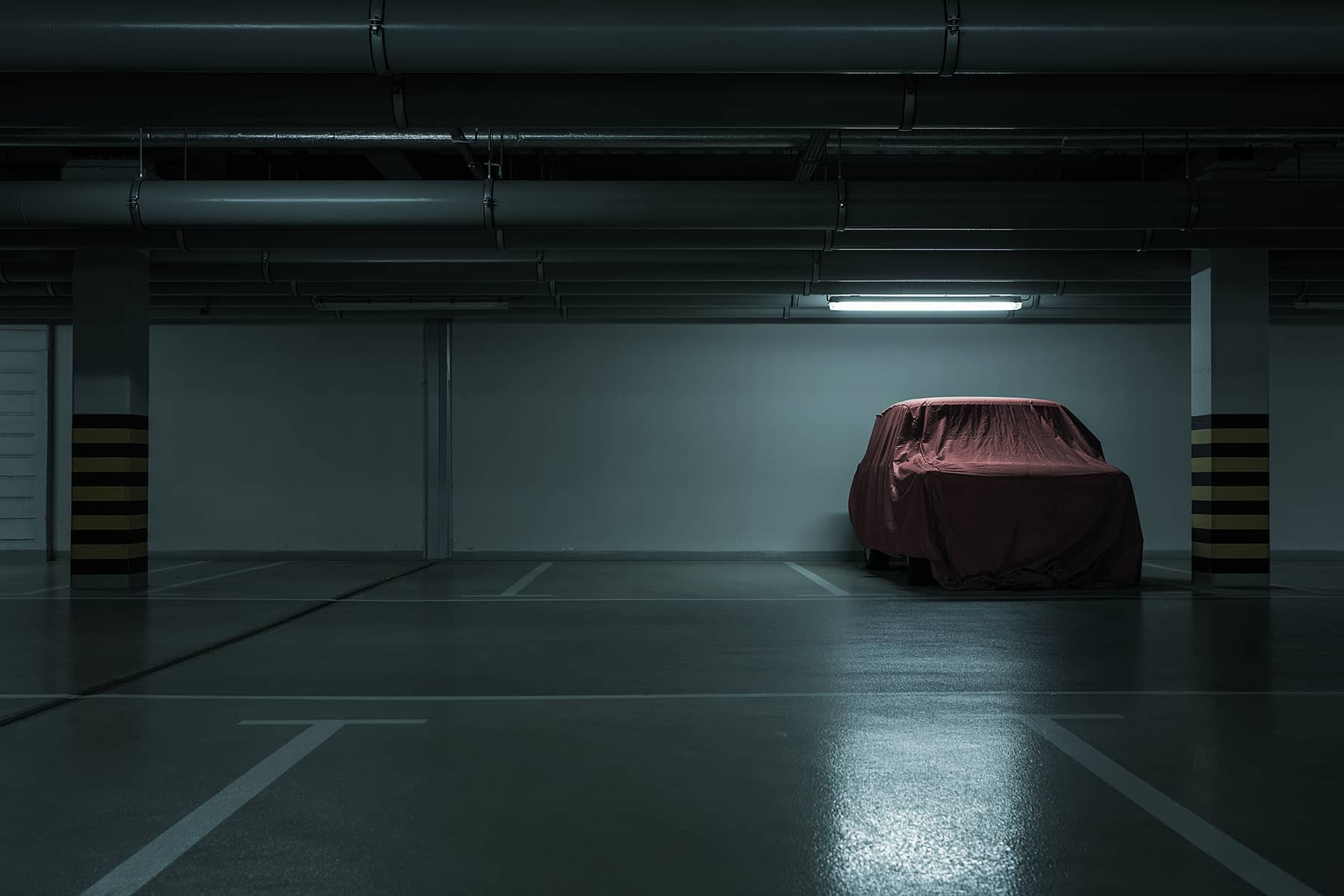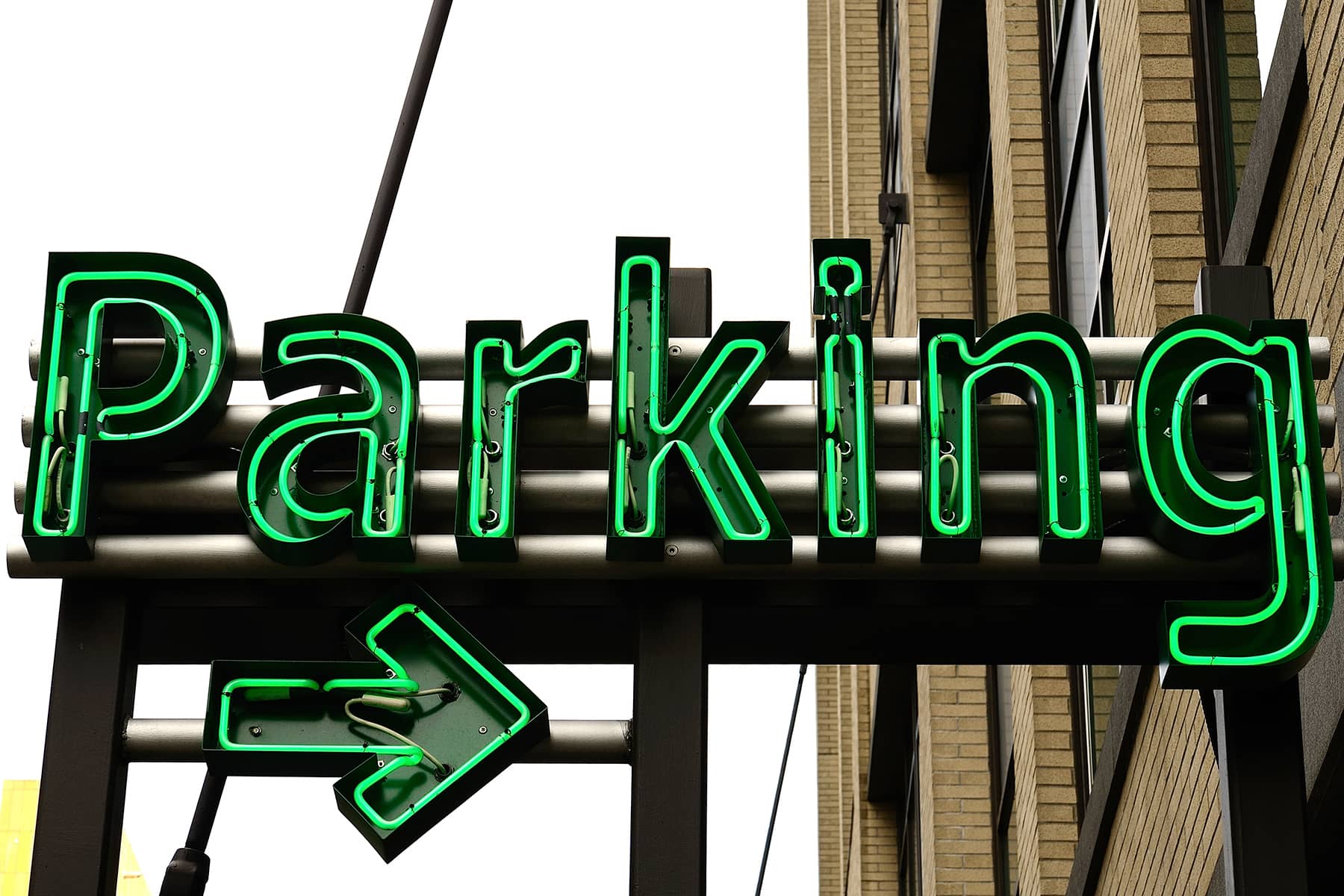
By Kevin J. Krizek, Professor of Environmental Design, University of Colorado Boulder; and John Hersey, Teaching Assistant Professor of Environmental Design, University of Colorado Boulder
For the past century, the public and private sector appear to have agreed on one thing: the more parking, the better.
As a result, cities were built up in ways that devoted valuable space to storing cars, did little to accommodate people who don’t own cars and forced developers to build expensive parking structures that increased the cost of living.
Two assumptions undergird urban parking policy: Without convenient parking, car owners would be reluctant to patronize businesses; and absent a dedicated parking spot for their vehicle, they would be less likely to rent and buy homes. Because parcels of urban land are usually small and pricey, developers will build multistory garages. And so today, a glut of these bulky concrete boxes clutter America’s densely populated cities.
We have been studying urban development and parking for decades. The car’s grip over city planning has been difficult to dislodge, despite a host of costs to the environment and to the quality of life for many city dwellers. But we see signs that that is finally starting to change.
A relic of the car craze
As car ownership exploded in the first half of the 20th century, municipalities started to mandate a minimum number of parking spaces whenever new stores or apartment complexes were built. Many of these regulations continue to bluntly guide development.
For example, Boulder, Colorado, still requires one parking space per apartment, one spot for every three restaurant seats and one spot for every 175 square feet of retail space. Your community’s zoning regulations are likely all too similar.
Yet parking garages and parking lots end up using precious land to house cars instead of people at a time when cities are confronted with a severe housing shortage and skyrocketing housing costs. Only 20% of homes for sale are affordable to people making average incomes.
A 2016 study found that it cost roughly US$24,000 to $34,000 to build every single new parking space in a garage – an amount that has surely grown. Developers typically pass on this expense to renters or buyers.
Parking requirements are a particular burden at many affordable housing developments, where low-income residents are less likely to own cars. Nonetheless, because of these requirements, they receive and inadvertently pay for parking all the same.
Parking garages are monuments to outdated beliefs about what makes cities thrive. They increasingly cater to cars that are rarely used – the typical car is parked 95% of the time – and ultimately facilitate urban sclerosis.
Do U.S. cities still need to require the construction of parking spots for new residential and retail projects? Aren’t developers, designers and investors better positioned to worry about these issues for customers, clients or tenants?
Regulation reform
Thankfully, in some parts of the country, a course correction is already underway. City planners, developers and designers now have new guidelines that make parking spots less of a priority and take into account all of the new ways people get around.
Dozens of cities, including Denver and Minneapolis – along with the entire state of California – are reforming parking requirements, promoting transportation alternatives and amending regulations for new construction. Developers are also finding ways to accommodate growing numbers of residents who are forgoing car ownership altogether.
- At The Civic, a condominium complex in Portland, Oregon, builders swapped dedicated parking for 24 households for car-share memberships.
- At the Casa Arbella Apartments in the Fruitvale neighborhood of Oakland, California, residents receive $150 for transport services and shared bikes.
- Mile High Development leased 120 spaces in an adjacent underutilized public garage for Denver’s Sheridan Station Apartments, improving the financial solvency of the income-restricted project and passing the savings on to tenants.
- 1213 Walnut, an apartment complex in Philadelphia, unbundles apartment rents from parking spaces to allow residents to pay for only what they need.
- Even in Tempe, Arizona – a city that’s a poster child for car-centric urban sprawl – a development called Culdesac is being built as a car-free community. As a stipulation of living in the 17-acre development, which includes a mix of stores and apartments, residents must agree to never park a car on site.
Mushroom farms and food markets
But what to do with existing garages that suck up choice real estate? Demolishing these garages requires additional energy, emissions and money. Garages’ sloped ramps and heavy concrete make adaptation challenging; there isn’t a natural transition to, say, loft apartments, like the high-ceilinged, big-windowed mills of the Northeast. But these impediments have not stopped some developers from creatively repurposing existing garages.
For example, in Wichita, Kansas, Bokeh Development retrofitted a mid-20th-century garage into a 44-unit apartment building. In Denver, developers of the Denizen Apartments have built ground-floor parking designed to be easily converted to stores or apartments if cars fall out of favor.
Other garages support urban agriculture; in Paris, one garage was recently converted to an urban mushroom farm. The open-air top decks of garages have hosted food trucks and food festivals, served as concert venues and operated as sites for solar panels.
These shifts have been spurred, in part, by changes to the way people get around cities, as well as changes to street design. For those who can afford them, ride-hailing services like Uber and Lyft can alleviate the need to own and park personal vehicles. Effective “mobility as a service” is around the corner in most cities, allowing residents to use a single app to connect to an array of transportation options. Electric bicycles and scooters have also expanded the suite of mobility options for city dwellers in a way that regular bikes have struggled to do for generations.
In the coming years, we believe that urban life will rely less and less on providing adequate storage for cars, and the cities of the future will eagerly embrace making urban neighborhoods more inclusive, pedestrian-oriented and climate friendly. Space in cities is precious. The more human-oriented it can be, the better.
Rangizzz and TFoxFoto
Originally published on The Conversation as City planners are questioning the point of parking garages
Support evidence-based journalism with a tax-deductible donation today, make a contribution to The Conversation.















